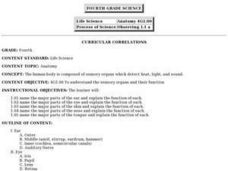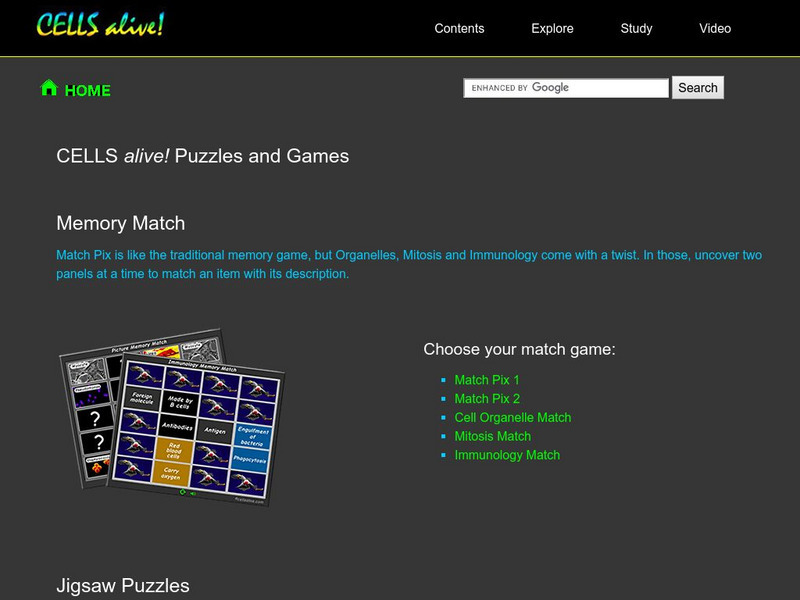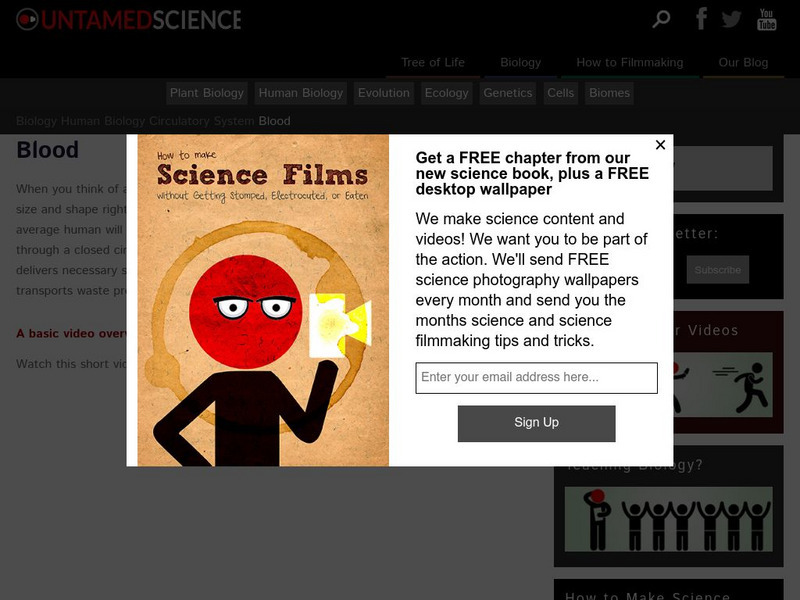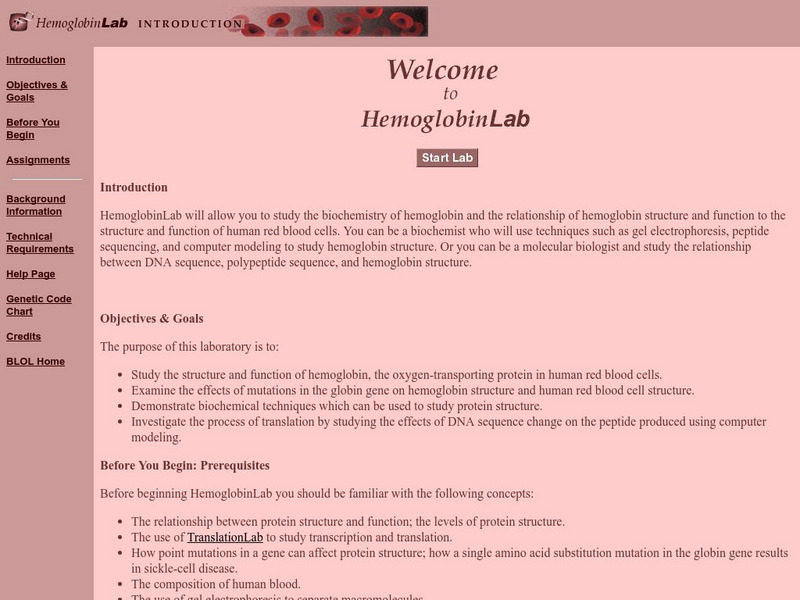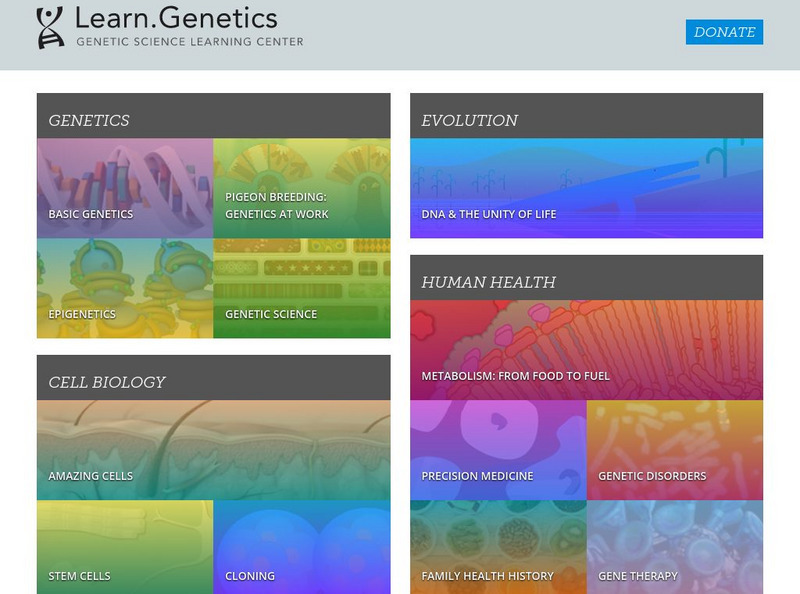Curated OER
Where Do I Belong?
Tenth graders study the diversity of life in the world. They classify and sketch organisms into the 6 kingdoms.
Curated OER
Shells
Sixth graders label diagrams of the 6 different classes of mollusks and explain the meaning of the labeled terms. They identify 8 common New Haven shells. They organize their own shell collection during this series of lessons.
Curated OER
The Natural World
In this nature instructional activity, students complete the sentences about nature by choosing the correct words. Students complete 11 sentences total.
Curated OER
Identification of Animals by Serum Electrophoresis
Pupils compare their unknown serum against a set of known serum standards and determine the animal source of their serum. They write a lab report to communicate their results.
Curated OER
Endocrine Histology Lab
In this endocrine histology lab, students examine prepared slides of various glands/ organs. Students identify each slide according to the key given and research materials. Students draw or sketch what is seen next to the appropriate...
Curated OER
Anatomy
Fifth graders identify and describe the functions of the major body systems. They discover how to maintain a healthy lifestyle with proper nutrition and exercise. They answer comprehension questions to end the lesson.
Curated OER
Anatomy
Fourth graders describe how health behaviors affect body systems, and describe the basic function of major body systems.
Curated OER
CALORIE COUNTDOWN
Students will categorize foods according to their components and energy content.1. Design a large bulletin board with sections for carbohydrates, fats and proteins.
2. Ask students to bring labels and packages of different food products....
Palomar Community College District
Palomar College: Blood Components (Tutorial)
This review of what makes up human blood is easy to read and understand. There are guides to pronunciation and glossary links as well as a self quiz to check your understanding.
Khan Academy
Khan Academy: What Causes Red Blood Cells to Sickle?
The resource from Khan Academy and the Association of American Medical Colleges provides study content for the MCAT. This resource provides questions related to the structure and characteristics of hemoglobin proteins.
Sophia Learning
Sophia: Red Blood Cells and Hemoglobin
This lesson will examine the structure and function of red blood cells (i.e., erythrocytes), how new red blood cells are produced, and the role of hemoglobin in transporting oxygen.
Vision Learning
Visionlearning: Cell Biology: Absorption, Distribution, and Storage of Chemicals
Explanation of the different ways the chemicals or medicines may enter the body through cell membranes.
Cells Alive
Cells Alive!: Puzzle Page
Try your hand at these interactive jigsaw puzzles while studying cell biology. Put together images of animal and plant cells, red blood cells, streptococcus, and naphthalene.
Untamed Science
Untamed Science: Biology: Human Biology: Blood
Learn about the structure and function of human blood as well as the composition of this complex substance in the human body through a series of video clips.
Other
California State University: Biology Labs Online: Hemoglobin Lab
A set of virtual experiment assignments where students investigate the biochemistry of hemoglobin and the role it plays in the functioning of human red blood cells. Includes background information, glossary, online notebook, and...
Cells Alive
Cells Alive!: Cell Gallery
This gallery shows pictures of a variety of cell types with hyperlinks to additional information about cells. Very interesting pictures.
BiologyWise
Biology Wise: Endothelial Cells and Epithelial Cells
Discusses the differences between endothelial and epithelial cells, including where they are found in the human body, their function, and their structure.
University of Utah
University of Utah: Genetic Science Learning Center: The Basics and Beyond
This website offers a clear definition of the science of Genetics, highlighting DNA and genes. There is a neat, easy-to-understand animated tour of the basics and an opportunity to go inside an animated cell. Student can build a DNA...
Exploratorium
Exploratorium: Microscope Imaging Station: Cell Motility
This interesting site explains how cells move and provides videos depicting the movement of various human and animal cells.
TED Talks
Ted: Ted Ed: What Are Those Floaty Things in Your Eye?
Sometimes, against a uniform, bright background such as a clear sky or a blank computer screen, you might see things floating across your field of vision. What are these moving objects, and how are you seeing them? This video explains...







